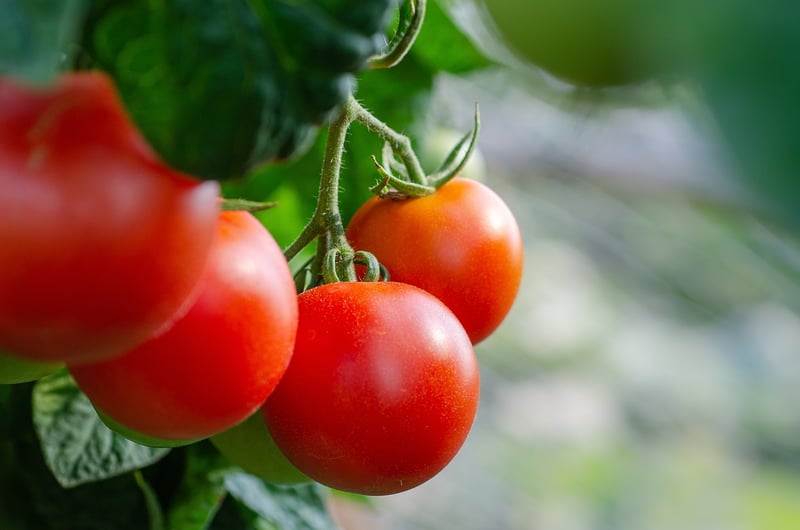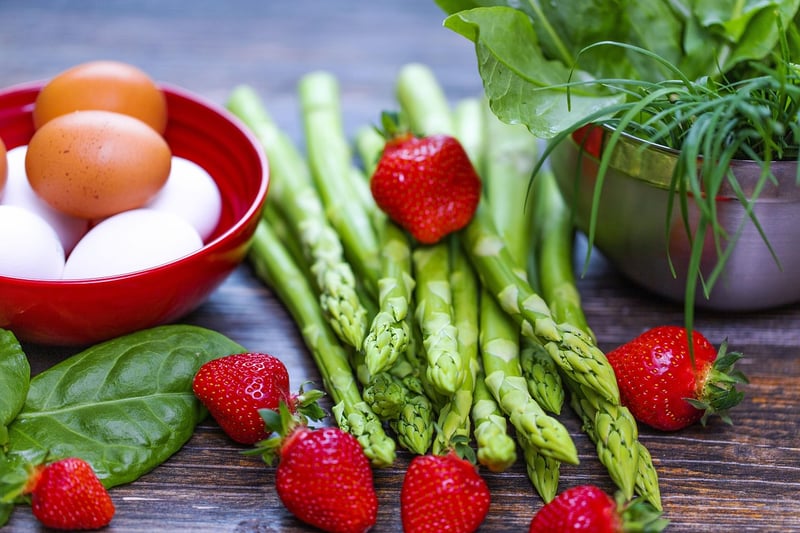Proper Storage
Maximizing Yield and Ensuring Proper Storage for Your Produce
When it comes to getting the most out of your produce, proper handling and storage are key. Whether you're a seasoned gardener or simply looking to make your groceries last longer, here are some tips to help you maximize yield and keep your fruits and vegetables fresh:
1. Harvest at the Right Time
For homegrown produce, picking fruits and vegetables at the peak of ripeness ensures the best flavor and nutritional content. Follow specific guidelines for each type of produce to ensure optimal taste and longevity.
2. Handle with Care
Proper handling during harvesting and post-harvesting is crucial. Avoid bruising or damaging the produce, as it can lead to quicker spoilage. Use tools like pruners or scissors to prevent unnecessary stress on plants.
3. Clean Before Storage
Wash fruits and vegetables before storage to remove any dirt, pesticides, or bacteria. Ensure they are completely dry before storing to prevent mold growth.
4. Store in the Right Conditions
Each type of produce has specific storage requirements. Some fruits and vegetables thrive in cool, dark places, while others do better in the refrigerator or at room temperature. Research the ideal conditions for each item to maximize freshness.
5. Utilize Proper Containers
Invest in containers that are designed for storing produce. Proper ventilation is essential to prevent moisture buildup, which can cause rotting. Consider using breathable bags, glass containers, or perforated plastic bags for different types of produce.
6. Check Regularly and Rotate Stock
Regularly inspect your stored produce for any signs of spoilage and remove items that are going bad to prevent them from affecting others. Rotate your stock so that older items are used first, ensuring nothing goes to waste.
7. Preserve Excess Produce
If you find yourself with an abundance of produce, consider preserving it through methods like canning, freezing, or pickling. This allows you to enjoy your harvest throughout the year.
8. Keep Ethylene-Producing Items Separate
Some fruits and vegetables produce ethylene gas, which can speed up the ripening process of others. Keep ethylene-producing items like apples and bananas separate from those sensitive to the gas, such as leafy greens and berries.
By following these tips, you can ensure that your produce stays fresh, flavorful, and lasts longer, ultimately reducing waste and saving money.

Remember, proper handling and storage practices not only extend the shelf life of your produce but also help you get the most out of your harvest or grocery purchases. Enjoy the taste of fresh fruits and vegetables by taking care of them every step of the way!
